In June 1976, the Teton Dam broke, unleashing 80 million gallons onto the towns downstream and triggering at least 200 mudslides below. More than 3,000 people were left homeless, 11 people and 13,000 cattle died. My parents bought some apartments in Rexburg in the late 90s; my mom said that when they'd cut into the walls for rewiring or other repairs, they were still finding remnants of the mud that washed down twenty years before.
A few days after the disaster, President Spencer W. Kimball addressed a group of Latter-day Saints at the dedication of the Deseret Mills in Kaysville, UT. This is what he said.
More recently, Julie B. Beck, then in the General Relief Society Presidency, declared, "We become self-reliant through obtaining sufficient knowledge, education, and literacy; by managing money and resources wisely, being spiritually strong, preparing for emergencies and eventualities; and by having physical health and social and emotional well-being.”
(the following is the same as in the photo quote above)
“I hope, and this is my brief message to you today, that no one ever reads one word about that terrible flood and the sadness that it has brought-the loss of life, the loss of livestock, the destruction of farms, the suffering that has come to those good people–I say again, I hope no one here will ever read another word about that disaster without saying quietly to himself, ‘No moment will ever pass when I will not be prepared as the Brethren tell me to do.’ One year’s supply of commodities, well cared for, well selected, is a minimum.
"It’s the minimum [President Kimball hit the pulpit for emphasis], and every family, if they have only been married a day or a week, should begin to have their year’s supply. Now that’s basic, and we mean it! [He hit the podium again.]
"There should be no family under the sound of my voice who isn’t already prepared for whatever eventuality may come. We can’t anticipate it, of course. We don’t know where another dam is going out, or where a river is going to flood, or whether an earthquake is going to come, or what’s going to happen. We just are always prepared because the Lord said, ‘If ye are prepared ye shall not fear’ (D&C 38:30). And the only way to have peace and security is to be prepared.
"May the Lord bless us that not one family of us will go from this room without a determination from this moment forward that there will never be a time when we will not be prepared to meet the hazards that could come.” (Pure Religion, p. 266-267)


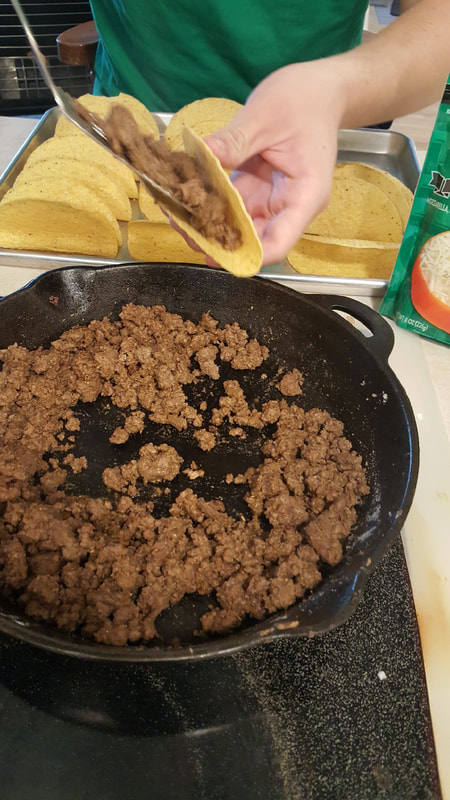
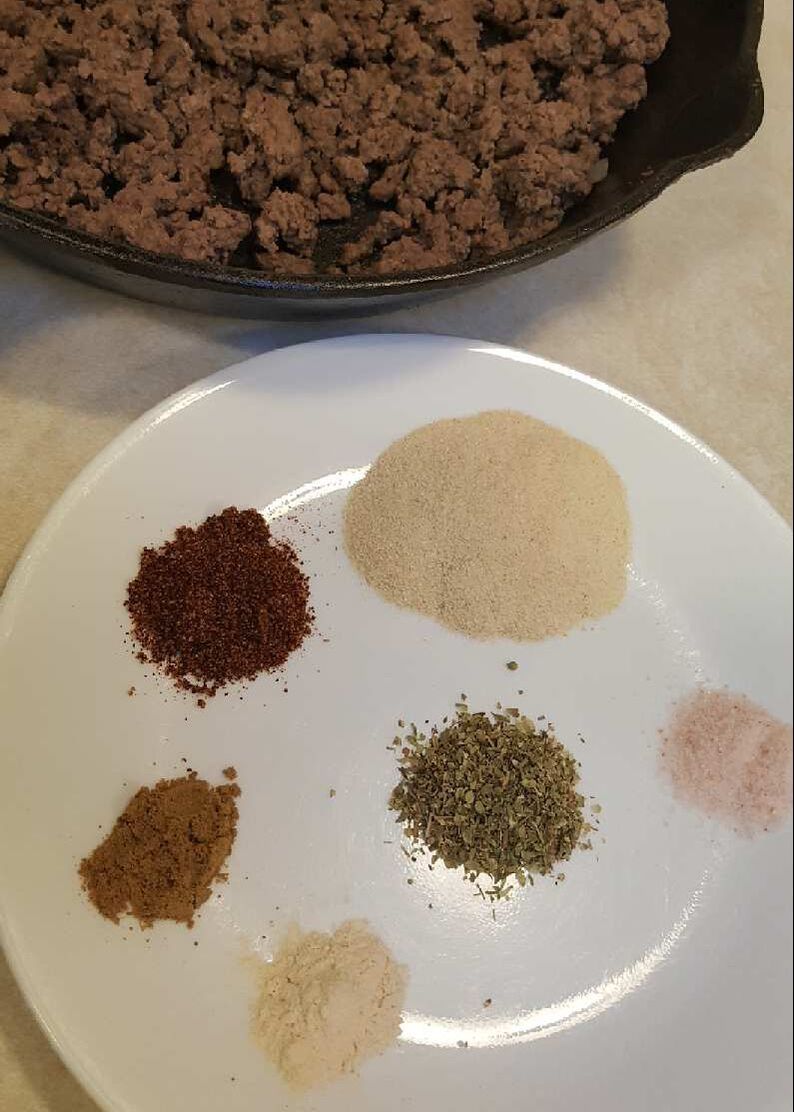
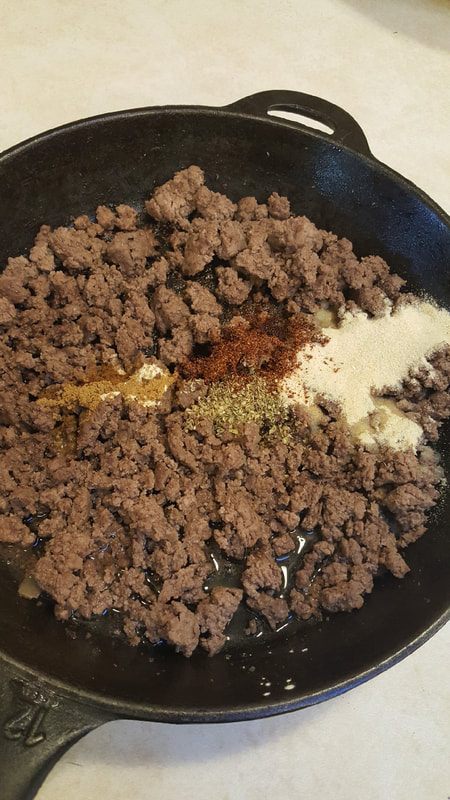
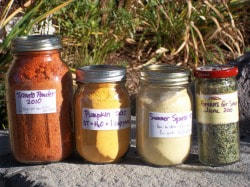

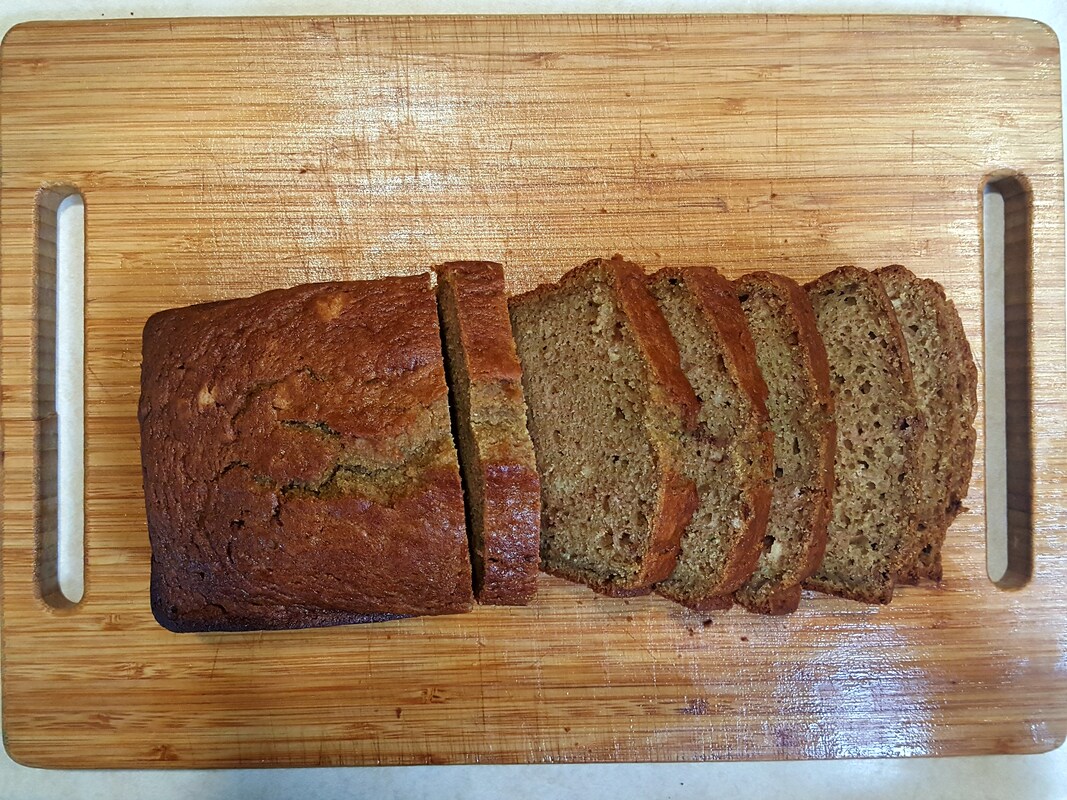
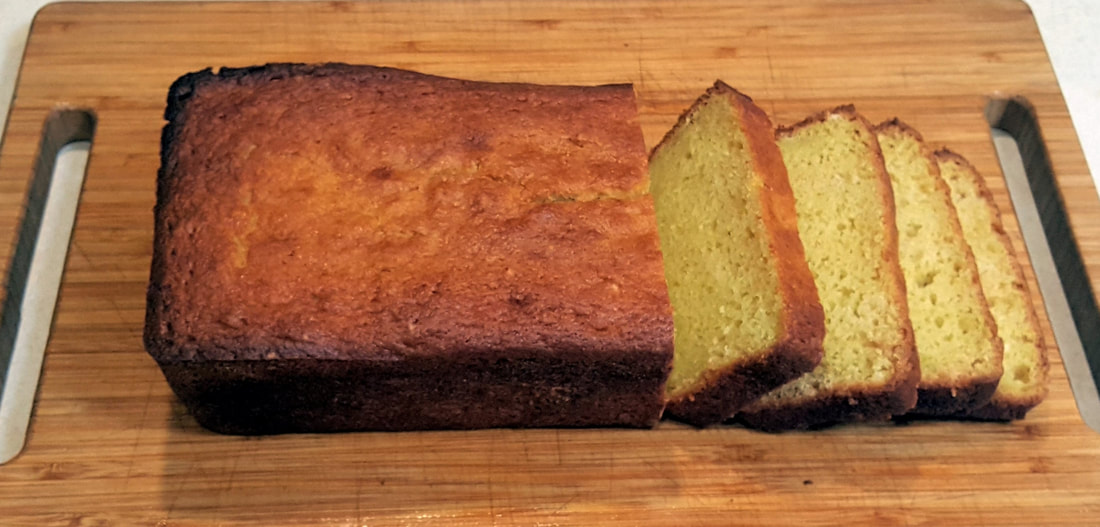
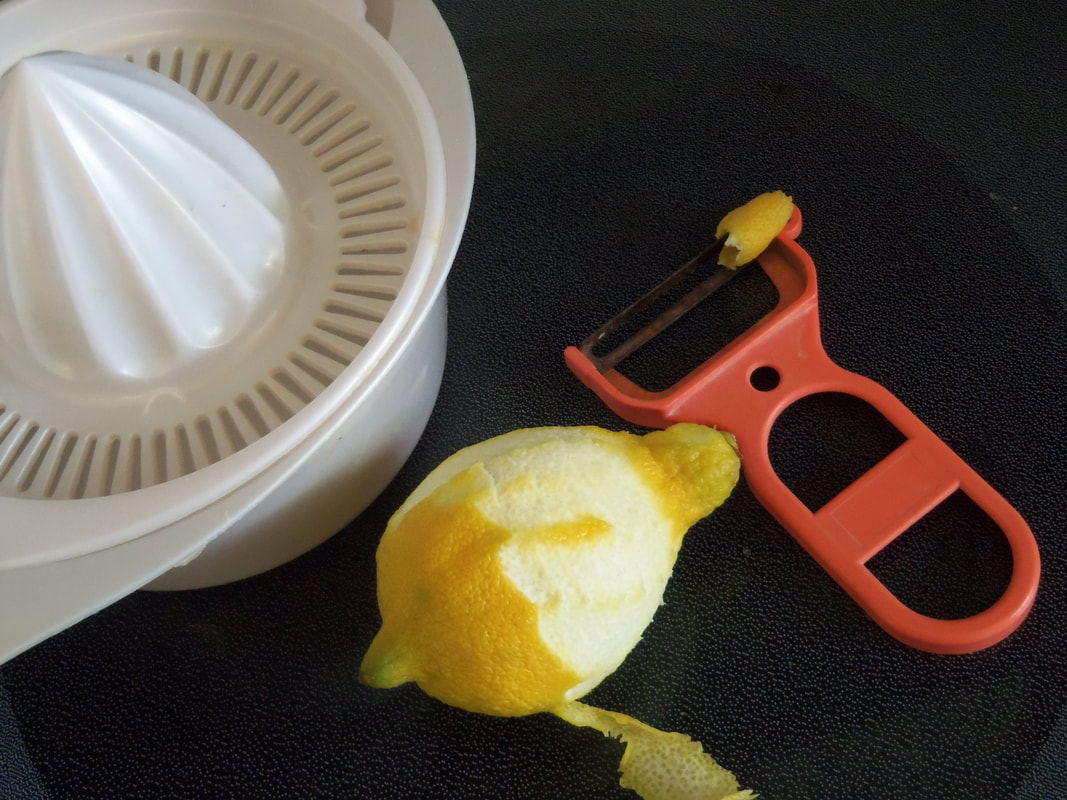

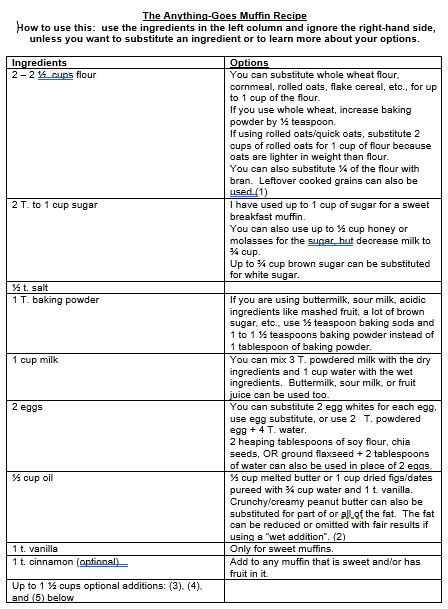
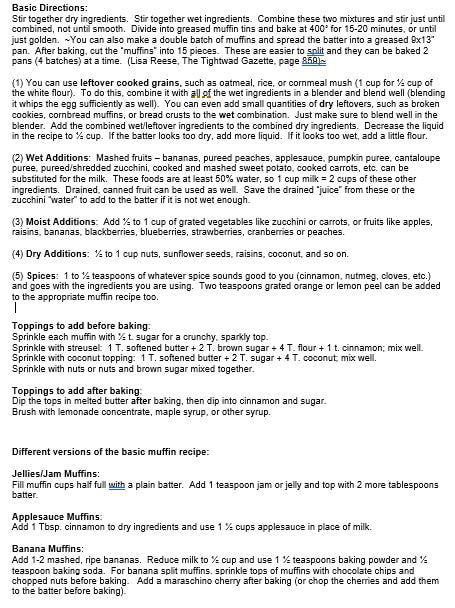
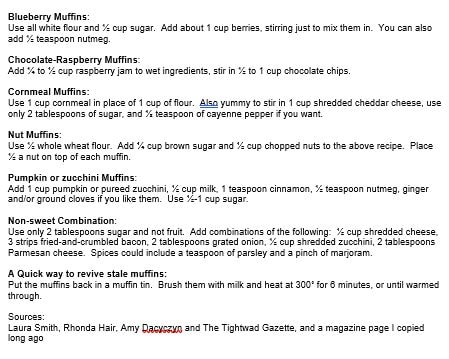
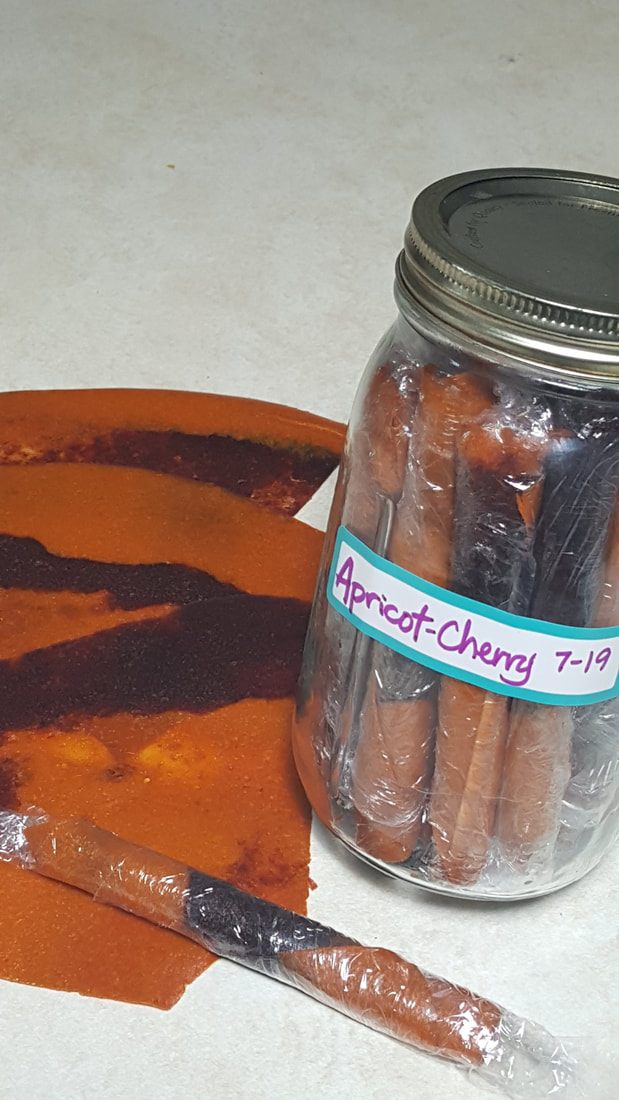
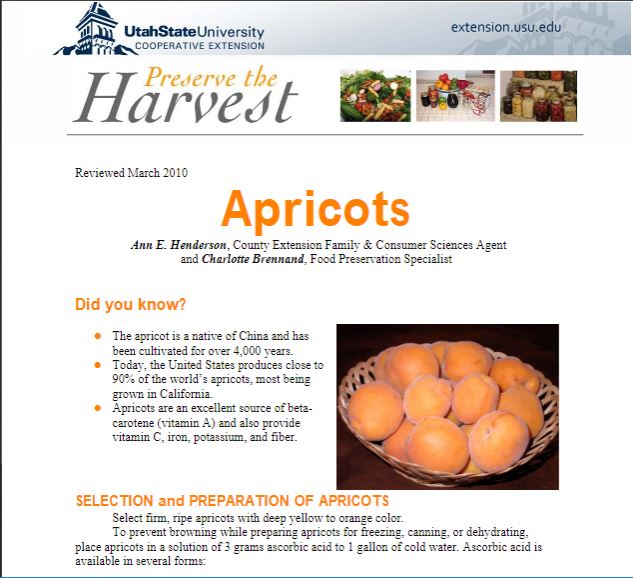
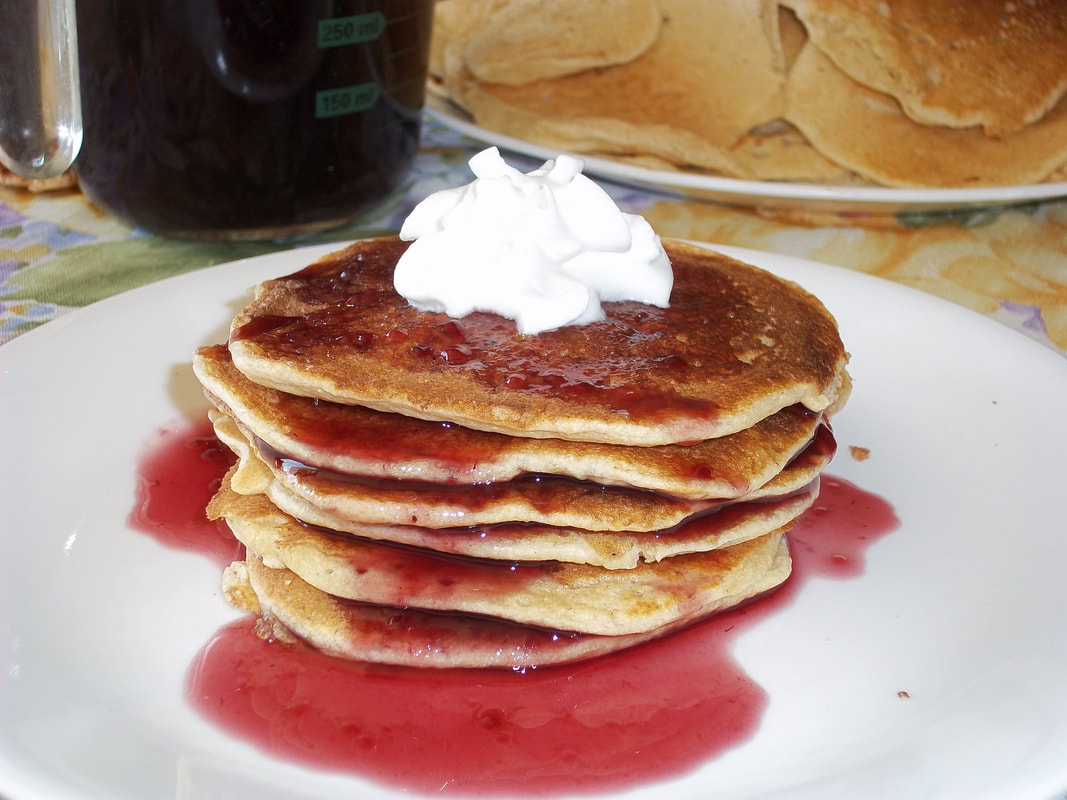

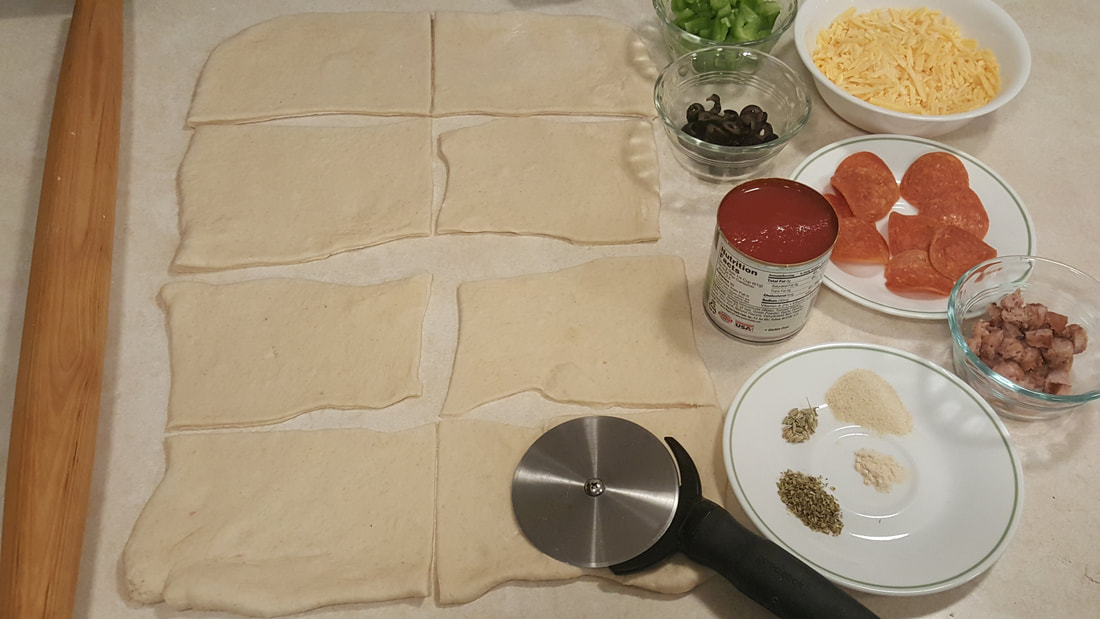
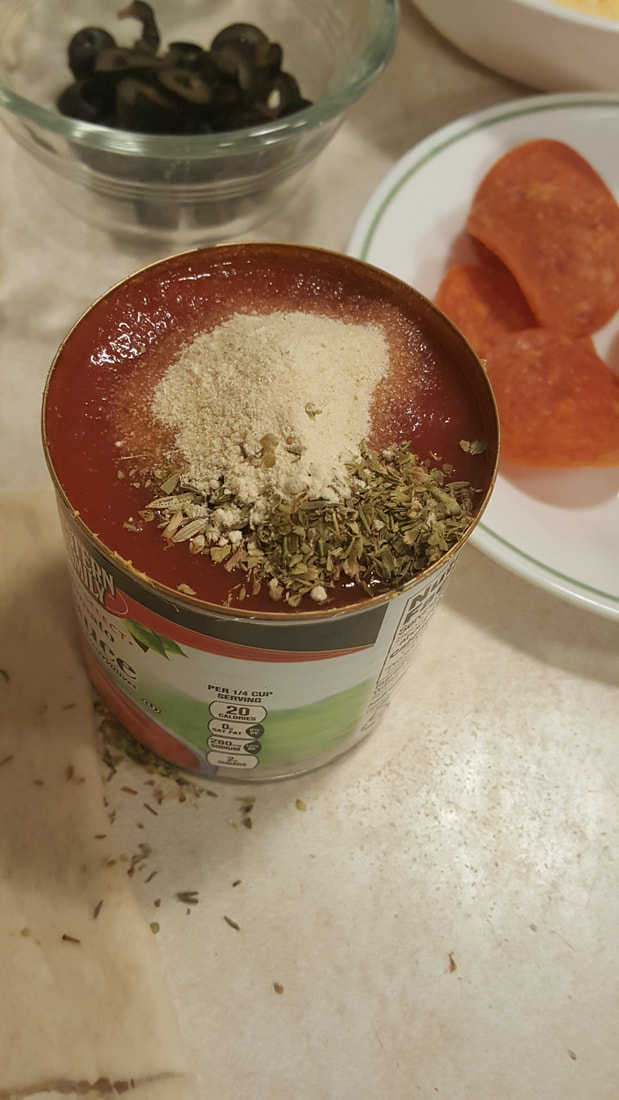


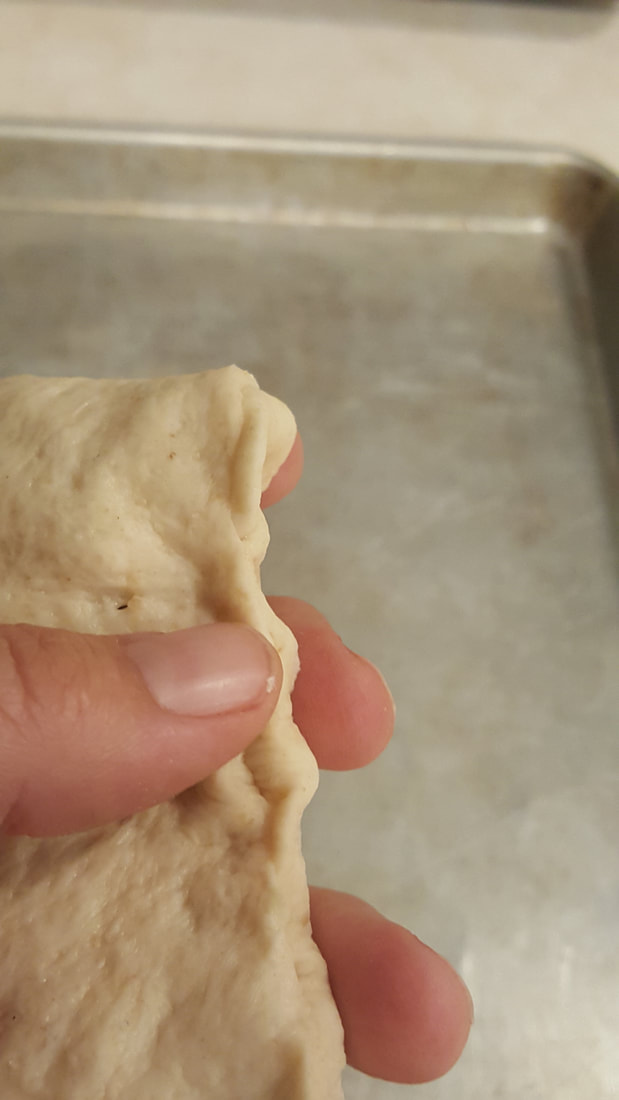


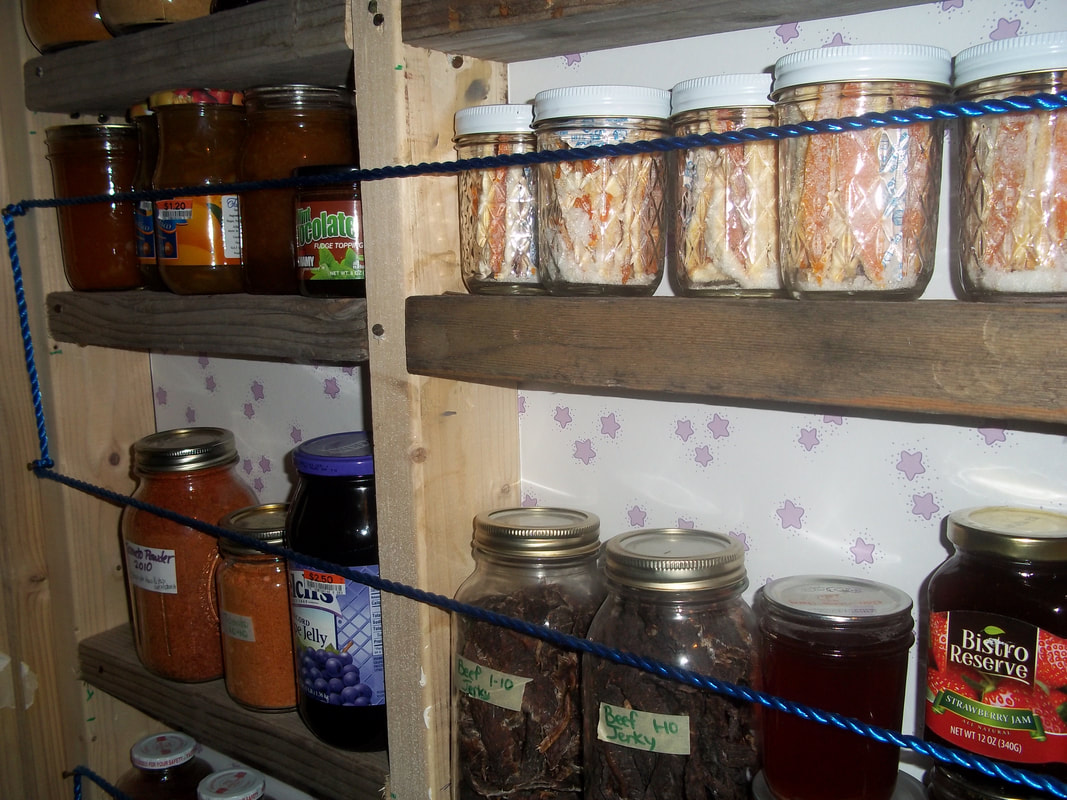
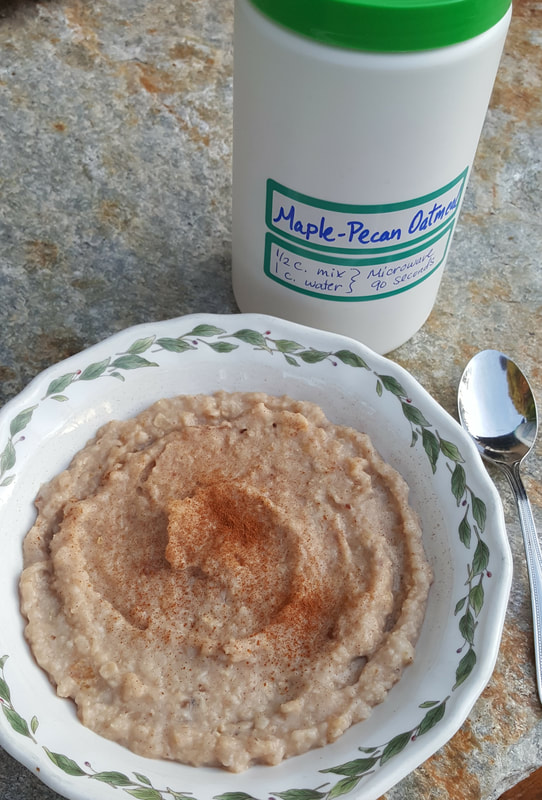
 RSS Feed
RSS Feed